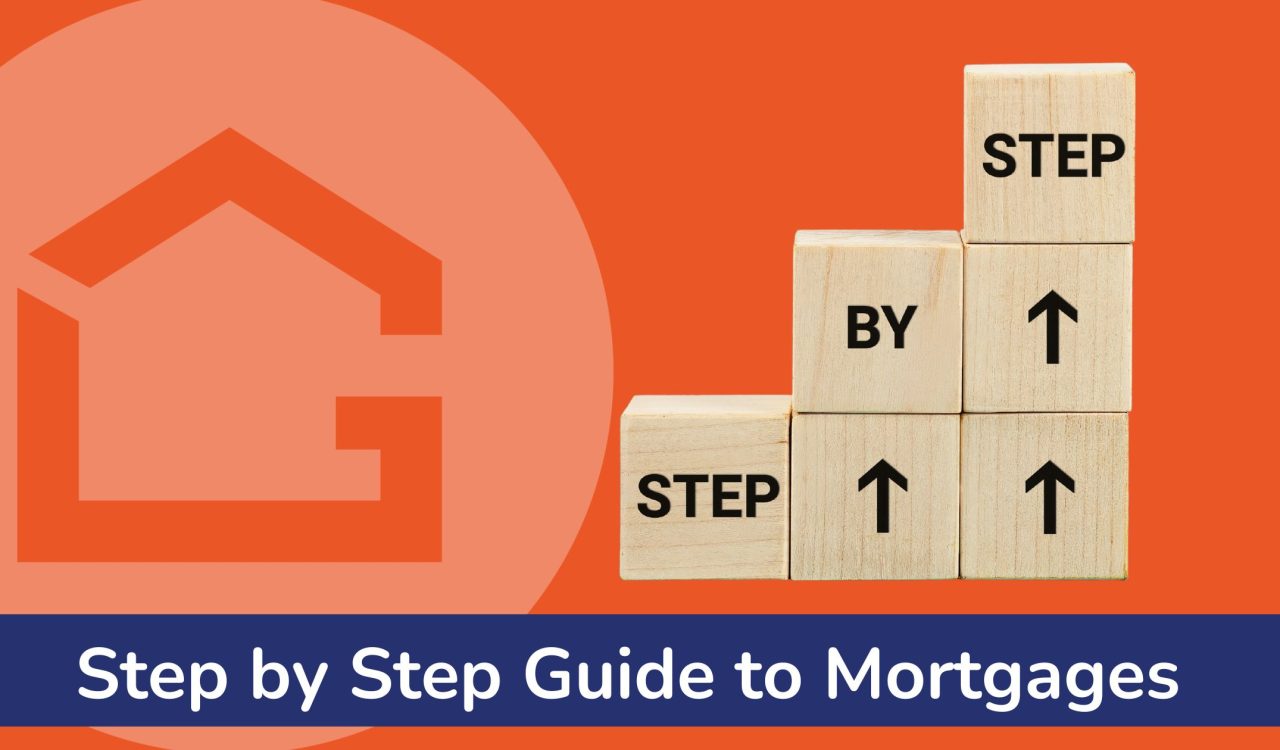Introduction
Buying your first home in the UK can be an exciting but overwhelming experience. From finding the right property to navigating mortgages and legalities, the process can feel complex. This step-by-step guide is designed to simplify the journey, giving you the confidence to take each step towards owning your first home.
Step 1: Determine Your Budget
Before starting your property search, it’s crucial to set a realistic budget. Consider factors like your savings, potential mortgage amount, and additional costs such as stamp duty, solicitor fees, and moving expenses. A mortgage advisor can help assess your finances and suggest a mortgage that aligns with your budget.
Step 2: Save for a Deposit
In the UK, first-time buyers typically need a deposit of at least 5% of the property’s value, although a larger deposit can help you secure better mortgage rates. Explore government schemes like Help to Buy or the Lifetime ISA, which can provide additional support if you’re saving for a deposit.
Step 3: Get a Mortgage Agreement in Principle (AIP)
A Mortgage Agreement in Principle (AIP) shows how much you may be able to borrow, based on your income and credit history. Having an AIP in hand strengthens your position as a serious buyer, which can be beneficial when negotiating with sellers. You can obtain an AIP from a mortgage lender or broker.
Step 4: Start Your Property Search
With a clear budget and an AIP, you’re ready to start looking at properties. Use online portals like Rightmove and Zoopla, or work with local estate agents who understand the area. Make a list of must-haves and nice-to-haves, so you can focus on properties that suit your needs.
Step 5: Arrange Property Viewings
Arrange viewings for properties that catch your eye. During the viewing, pay attention to key aspects like the property’s condition, neighbourhood amenities, and potential maintenance needs. Don’t hesitate to ask questions—this is your chance to gather as much information as possible.
Step 6: Make an Offer
Once you find a property you love, it’s time to make an offer. Typically, offers are made through the estate agent handling the property. Negotiation may be involved, so be prepared to negotiate within your budget. Remember, there’s no need to rush into a high offer; it’s common to start slightly below the asking price.
Step 7: Hire a Solicitor or Conveyancer
After your offer is accepted, you’ll need a solicitor or conveyancer to handle the legal aspects of buying a home. They’ll perform essential checks, such as property searches and title verification, ensuring the property is legally ready for purchase.
Step 8: Finalise Your Mortgage Application
With an accepted offer, your next step is to finalise your mortgage application. Provide any remaining documents the lender requires, such as proof of income and identification. Once approved, your mortgage offer will be issued, which is your official financing for the property purchase.
Step 9: Conduct Property Surveys
Arranging a property survey is highly recommended to assess the condition of the home. Surveys can range from basic valuations to full structural surveys, depending on your needs. A survey helps you identify potential issues that could impact your decision to proceed or influence the final price.
Step 10: Exchange Contracts
Once all checks are complete, your solicitor will arrange for you to exchange contracts with the seller. At this point, you’ll pay your deposit, and the sale becomes legally binding. A completion date (when you officially take ownership) will be set.
Step 11: Complete the Sale
On the completion date, your solicitor will transfer the remaining funds to the seller’s solicitor, and you’ll receive the keys to your new home. Congratulations—you’re now a homeowner!
Step 12: Move In
It’s time to celebrate! Schedule your moving day, set up utilities, and settle into your new home. Owning your first home is an incredible milestone, and you’ve done the hard work to make it happen.
Additional Tips for First-Time Buyers
- Consider Hidden Costs: Factor in additional costs such as furniture, repairs, and council tax when budgeting.
- Check Your Credit Score: A good credit score can improve your chances of mortgage approval and may help you secure a better rate.
- Seek Professional Advice: A mortgage broker or financial advisor can provide valuable guidance tailored to your situation.
Final Thoughts
Buying a home is a significant milestone, and with careful planning, it’s achievable. By following these steps and staying informed, you’ll be well on your way to securing your first property in the UK. If you’re ready to start the process, contact our team of experienced advisors who can help make your dream of homeownership a reality.







